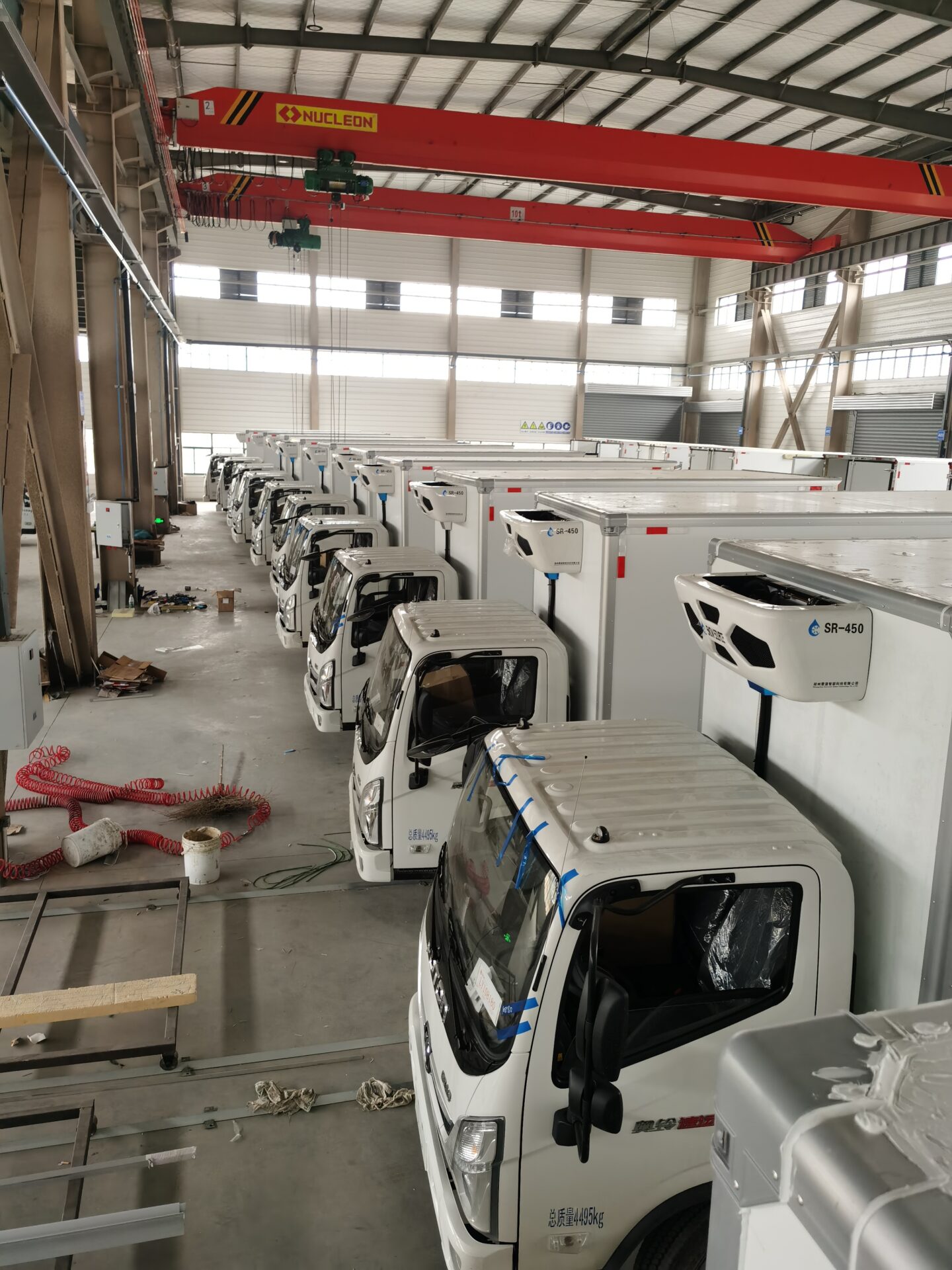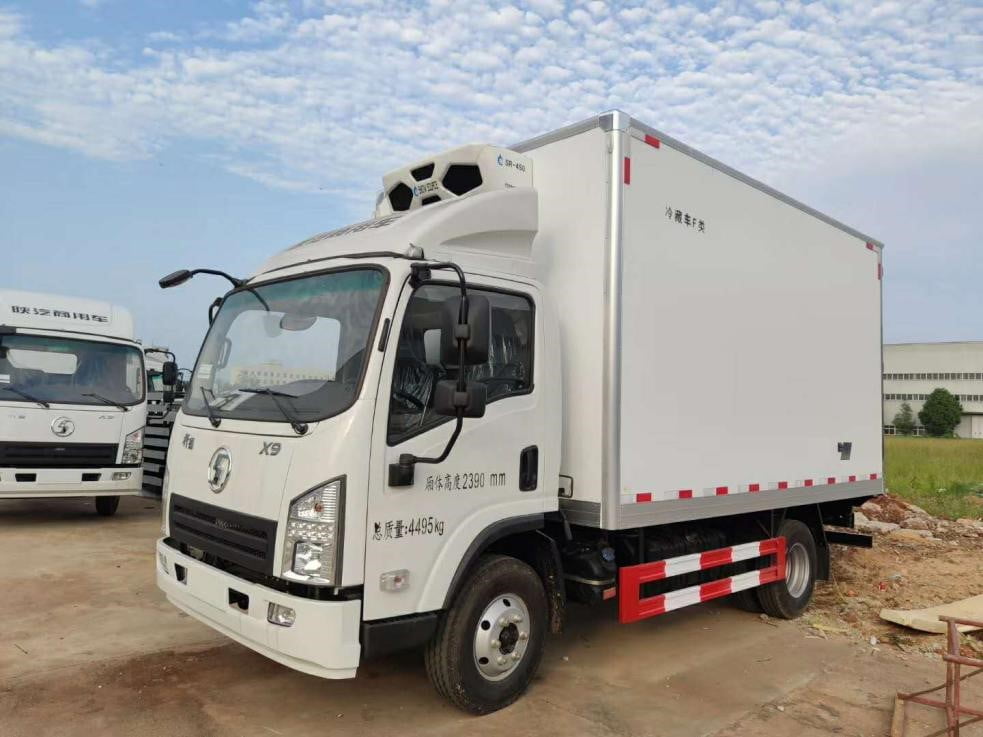Key Features of Snewang Bus AC
- High-efficiency evaporator core
- Utilizes internal thread copper tube for improved heat transfer
- Incorporates sine wave corrugated fins to maximize surface area
- Significantly enhances heat exchange efficiency for optimal performance
- Delivers strong cooling capacity to maintain comfortable passenger environments
- State-of-the-art microchannel parallel flow condenser core
- Boasts heat-sinking capability more than 10% higher than current industry standards
- Achieves lower condensing pressure even in extreme hot weather conditions
- Results in improved Coefficient of Performance (COP) value for superior efficiency
- Contributes to overall enhanced energy efficiency, reducing operational costs
- Innovative double sealing ring structure for tube connectors
- Effectively reduces the risk of refrigerant leakage, ensuring system longevity
- Minimizes environmental impact and maintains optimal system performance
- Premium AMP products employed for all wiring harness connectors
- Engineered to be highly resistant to loosening, even under vibration
- Demonstrates exceptionally low fault rates, enhancing overall system reliability
- Reduces the need for frequent maintenance and replacements
Comprehensive Benefits of These Technological Advancements
The integration of bus air conditioner these cutting-edge technical features results in a multitude of benefits for bus operators, passengers, and the environment:
- Substantially improved cooling performance, ensuring consistent comfort in all climate conditions
- Significantly enhanced energy efficiency, leading to reduced fuel consumption and lower operating costs
- Markedly reduced maintenance requirements, minimizing downtime and extending system lifespan
- Greatly increased reliability, ensuring consistent operation and passenger satisfaction
- Notably better overall passenger comfort, contributing to improved travel experiences and customer loyalty
- Reduced environmental impact through lower energy consumption and decreased risk of refrigerant leaks.




